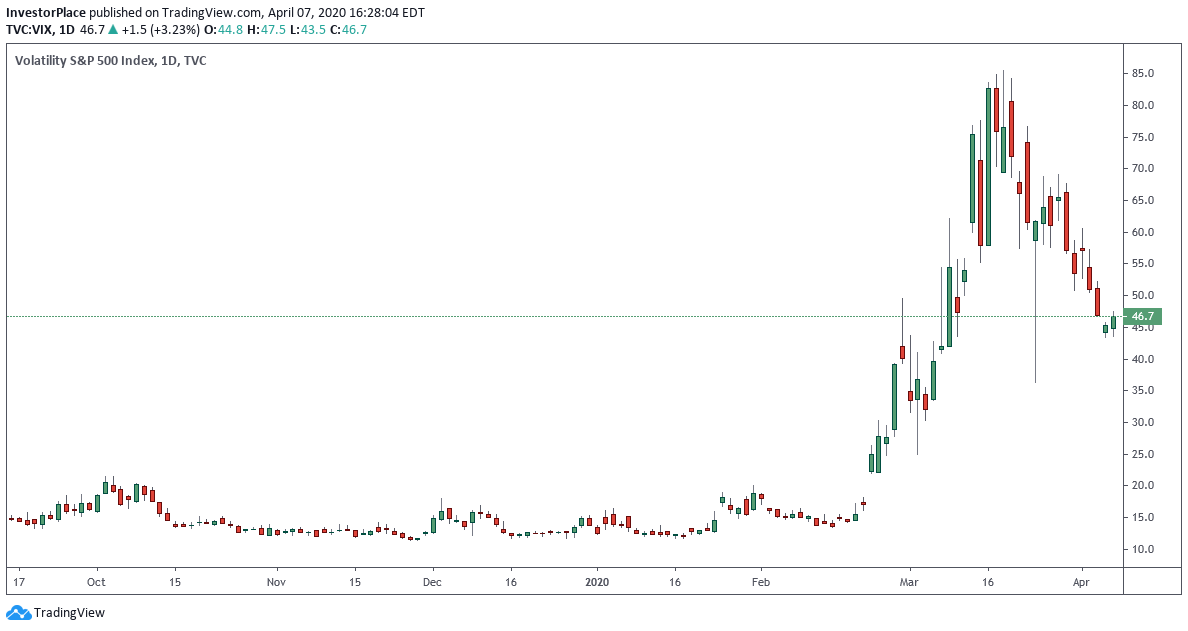
Buyers requiring high leverage, such as private-equity firms, are out of the game for now unless they can invest more cash or obtain subordinate or mezzanine debt at reasonable rates. Loan-to-value ratios are down, and interest-only loans are hard to come by unless the LTV ratio is very low. The debt capital markets are more discriminating and volatile than in recent years. However, brokers should be aware about vacancy and cap rates in markets where employment is declining and the potential for growth in rental rates is somewhat limited due to softening demand for space. Aggressive management and strict acquisition criteria will help overcome investor concern, which often is driven by media coverage. Despite slowing growth in two key industry averages - the average daily rate and revenue per available room - hospitality industry profits will rise steadily through 2009, according to PricewaterhouseCoopers’ 1Q08 Real Estate Investor Survey.įor other sectors such as office and multifamily, potential investors should keep a close eye on local and regional economic forces and employment rates. Current OpportunitiesĪlthough investor caution is advisable during this period of slow growth, many opportunities still remain available, especially in the hospitality industry. Asset managers also are enhancing value by keeping a lid on expenses, seeking opportunities to buy in bulk and achieve economies of scale, creatively exploiting the competitive advantages provided by their locations and amenities, and pushing for longer lease terms on tenant renewals. Many are finding ways to aggressively manage net operating income, which is driven primarily by the market fundamentals of rent and occupancy, providing relatively positive news. However, risks will be weighted to the downside until the credit squeeze is over and some degree of order is restored to the capital markets.įortunately, responsible commercial asset managers have tools at their disposal to support and maintain the property value gains achieved in previous years. As long as tenant demand doesn’t collapse, property values should be fairly stable in the near term. In addition, it may take several quarters for property values to make a noticeable shift. Well-located properties with excellent amenities are more likely to maintain their value. It also is hard to assess how much of the valuation uncertainty is based on a temporary crisis in investor confidence rather than market realities. But this is difficult for appraisers to measure with low transaction volume. “Property values are likely down,” says Dennis Yeskey of Deloitte’s real estate capital markets practice. During the 1Q08, cap rates increased slightly in major markets and therefore have not reflected the current turmoil in the capital markets or the reduced near-term macroeconomic expectations reported by the mass media. Higher capital costs and slower near-term earnings growth are likely to cause capitalization rates to rise and property values to fall, but not plummet. Also, commercial real estate professionals can anticipate weaker, though positive, net absorption in the office and industrial sectors later in the year since fewer new buildings are coming on line. Quarterly Market Perspective.Īs measured by net absorption and new building completions, commercial real estate activity is likely to contract moderately through the third and fourth quarters of this year, according to the National Association of Realtor’s 2008 Commercial Lending Indicator. Through the end of 2007, supply and demand generally seemed to be balanced, rents still exhibited positive growth, and property income was increasing in many markets, according to Prudential Real Estate Investors’ January 2008 U.S. Transaction volume predictably has slowed as sellers and tenants await more clarity about the near-term outlook for the credit market and the economy. And those wary about the market should take notice that fundamentals appear to be solid commercial real estate continues to provide cash yields and attractive inflation-hedging characteristics.

Both naysayers and optimists can find facts to support their positions. In some respects, the same can be said about the commercial real estate market through the remainder of 2008.
Balancing caution optimism full#
Recently many commercial real estate professionals looking at the state of the market have wondered: Is the glass half full or half empty? The answer to that question often reveals more about the responder’s attitude than the reality of how much is in the glass. Cautious Optimism Despite market worries, investors still can find reasons to do deals.


 0 kommentar(er)
0 kommentar(er)
